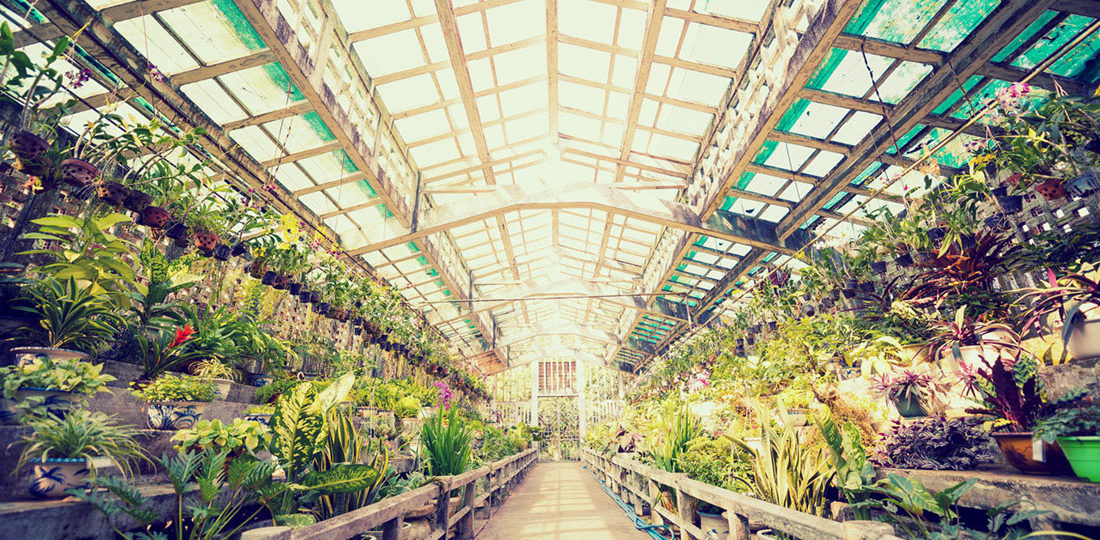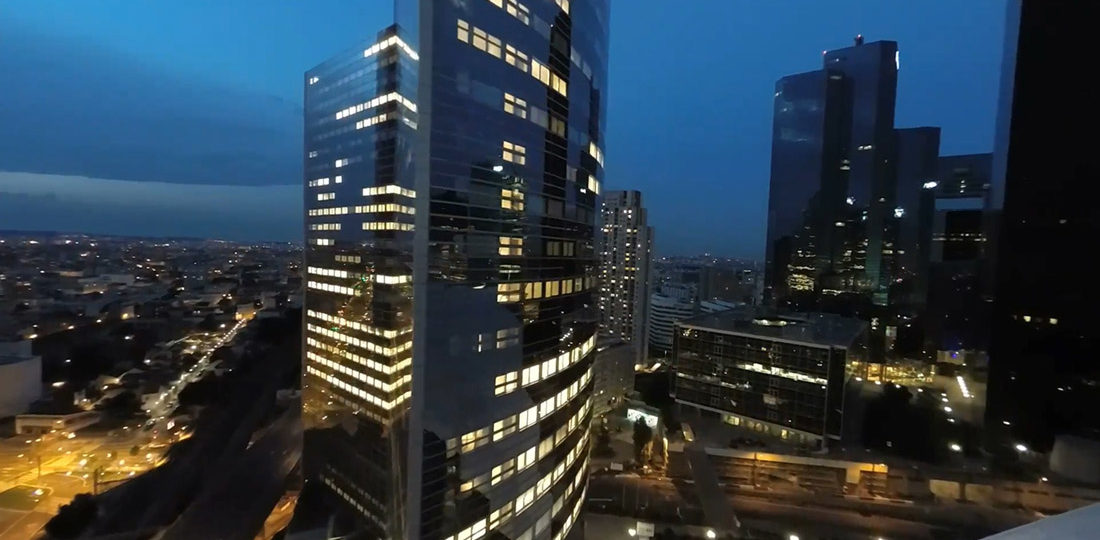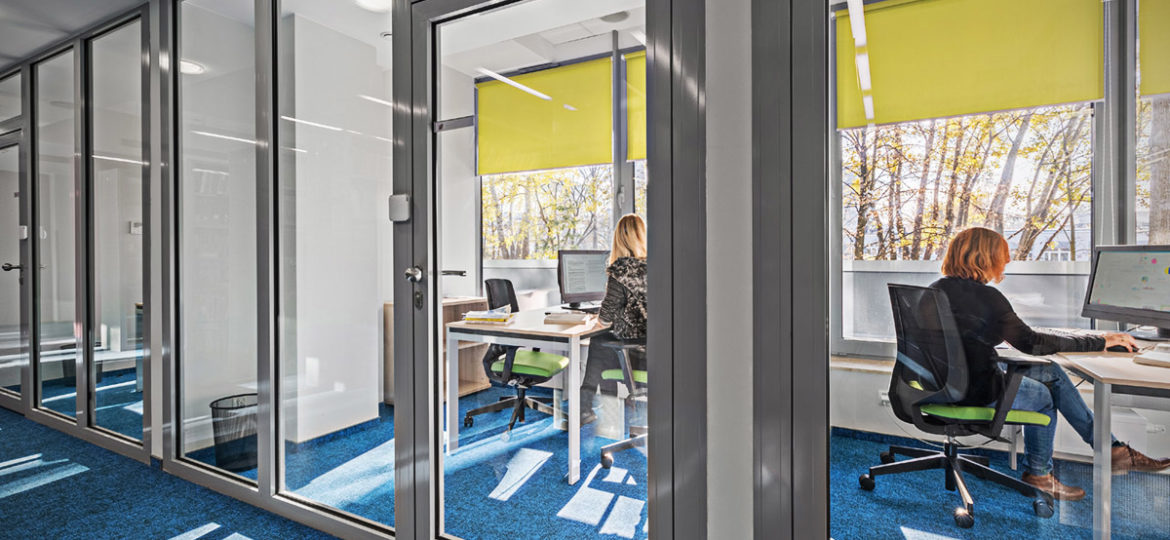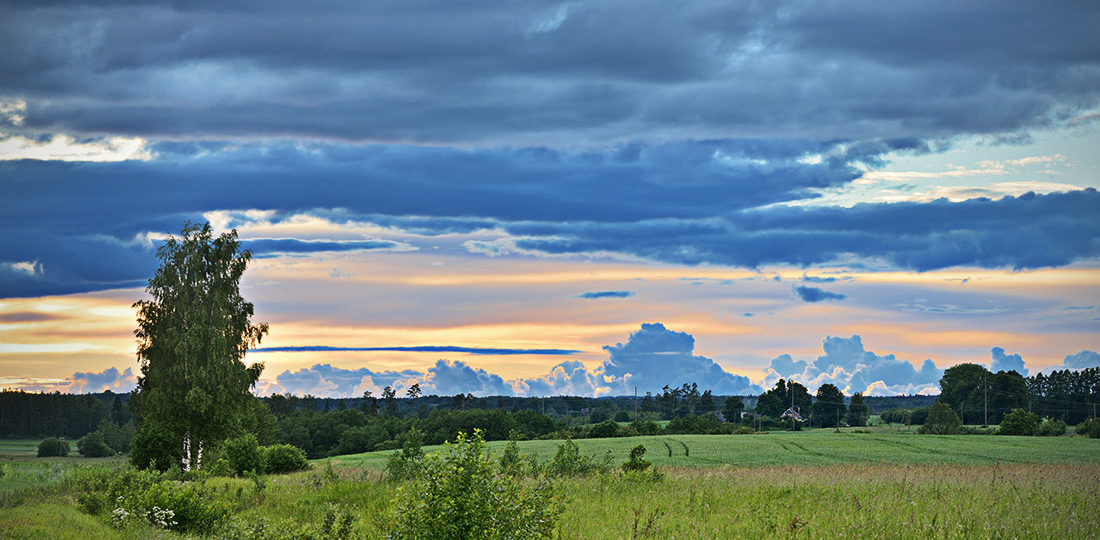The main task of grow houses is to provide optimized conditions for plant development at the least cost. Although most modern grow houses are exceptional at managing energy from the sun, they have been forced to use unnecessarily expensive supplemental energy from natural gas, fossil fuel, space heaters, forced air, hot water, steam, and electricity.
- Greensleeves Technologies Corp.
- 1354 E Broadway St, Toledo, Ohio 43605
- +1-419-420-1515
- ENtellect Account
- Log in to your account here
Geothermal
Borefield Rescue
What do you do if your geothermal borefield is failing? Don’t panic; modern technology can help rescue your borefield. A properly designed borefield should give you years of indoor air comfort. Unaccounted for changes in building use, climate and global warming impacts and numerous unforseen events, however, can result in borefield temperature issues. Historically, engineers
Storing Heat
It’s no secret that geothermal heating and cooling systems are good for your building, your budget, and the environment by utilizing thermal energy storage. Thermal energy storage is a system where the battery is always charged, so to speak. It captures heat energy from the building to use when cooling is needed and returns heat
Geothermal Advantages
There are many advantages to using modern geothermal systems as an alternative to conventional HVAC. The geothermal systems of today are simple, highly effective and will last decades when designed, installed and maintained properly. Advances in design simulation and modeling software have made it possible to accurately “right – size” ground loop heat exchangers keeping initial capital costs minimized while optimizing building performance. Geothermal
Closed-Loop Source Heat Exchangers
Closing the Loop Geothermal heat pump systems can be designed using a variety of configurations. The most common configuration, a closed-loop system, consists of underground, continuous piping loops. These plastic pipes are filled with an anti-freeze-type liquid that helps transfer the ground temperature to the geothermal heat pump. The most common closed-loop systems feature vertical and horizontal ground





